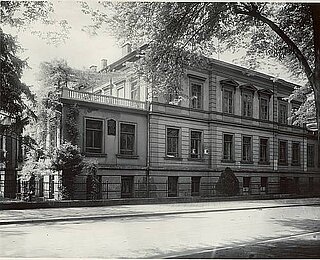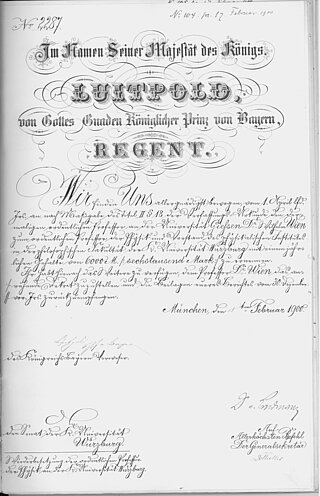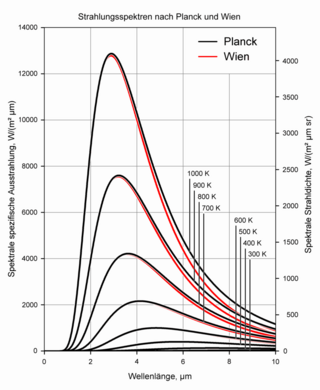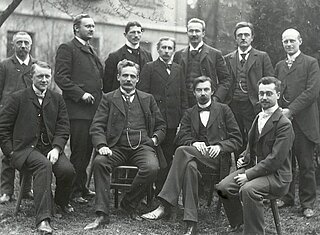Wilhelm Wien
* 24.02.1864 in Gaffken (East Prussia) † 30.08.1928 in Munich
1882 Study of mathematics and physics in Göttingen, later Berlin
1883 Assistant for Helmholtz
1886 Conferral of a doctorate (Promotion)
1889 Assistant at the ‘Physikalisch-Technische Reichsanstalt’
1892 Postdoctoral lecture qualification (Habilitation)
1896 Privat-Lecturer in Aachen
1899 Professorship in Gießen
1900 Professorship at the Julius-Maximilians- University Würzburg
1911 Nobel Prize in Physics
1920 Professorship in Munich
Inconsistent Biography
When looking at Wiens biography, it is noticeable, how inconspicuous great ability can be. There was nothing in his childhood – apart from a mathematical talent – that hints at Wilhelm Wien being a future Nobel Prize Winner. Even though his parents were expecting Wien, who grow up on the countryside, to take over the farm of his father, they allowed him to study at an University, which was an occupation he really enjoyed – mostly because of the consumption of wine and the participation in a students’ fraternity and lesser because of his classes. It required him a drop out of university, an apprenticeship as a farmer and a second nearly-failing attempt of studying to finally find the right direction in his life, with him being accepted as the assistant of the famous physicist Hermann von Helmholtz.
Thermal radiation and the Nobel Prize
It wasn’t without the help of Helmholtz, that Wien was allowed to work at the just recently created ‘Physikalisch-Technische Reichsanstalt’ in Berlin, where he mainly studied the thermal radiation of black bodies. Even now, his parents and colleagues still told Wien to quit his scientific career in order to work on his fathers’ farm. But Wien kept on with his researches and eventually, in 1896 published his displacement law, which was named after him and was the reason for him being awarded with the Novel Prize 15 years later. His scientific career reached peak, but didn’t stop there. Wien was known for being skilled in both, theoretical and practical aspects of his profession and soon made multiple discoveries on the field of cathode rays.
His years in Würzburg
After being an assistant in Berlin, Wien soon went on to work at several Universities. First he spent three years at the University of Aachen, before coming to Gießen for a short period of time and finally being appealed by the ‘Alma Julia’ in 1900, where he stayed for 20 years. The procedure of his appeal already indicated how well-established Wien was in the World of Physics because of his discoveries: He was mentioned as the favorite candidate of the faculty to follow the footsteps of the famous Wilhelm C. Röntgen. In the following twodecades Wien established himself as an outstanding scientist, as well as a committed citizen, which made him an enormous benefit for the city of Würzburg.



Recommended Reading:
Landwehr, Gottfried: Wilhelm Wien (1864-1928), in: Baumgart, Peter (Hrsg.): Lebensbilder bedeutender Würzburger Professoren, Neustadt a. d. Aisch 1995, S. 267-294.



